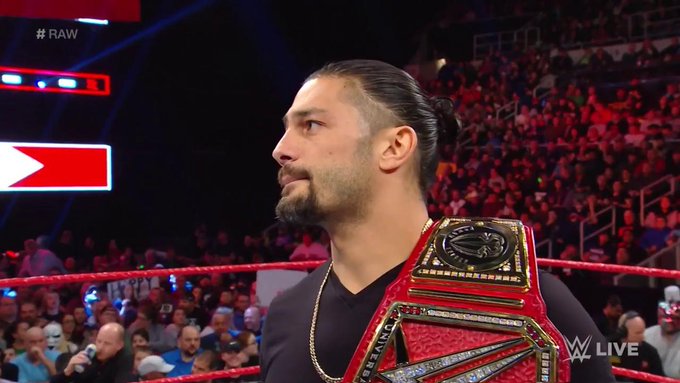At a press conference,after India lost 2:1 to France at the 1948 London Olympics football match, the captain(Talumeren Ao) was asked why India played barefoot, he replied with wits “Well you see, we play “ football” in India, whereas you play “BOOTBALL”.
He was really applauded by the British after his wonderful but witty remarks, and the next day, that comment was splashed in all of London's newspapers.
We all know the story and how FIFA banned playing football barefooted the next year.While some erroneously believed India didn't play the 1950 FIFA world cup held in Brazil because they wanted to play barefoot..
They didn't go because the India football association (AIFF) thought it wasn't necessary considering the expenses to fly all the way to Brazil, and India then valued Olympics to a football tournament; though the playing barefoot was just used as an excuse.
With regards to sports in India, its being said, “Cricket is a religion, but football is a way of life”But before cricket became the country's favourite(after the 1983 world cup win),
Football was a national sports in India at one time, it was an impetus to unify the Indian Army.
The same thing with England, but a reverse situation; Cricket was No 1 in england before football gradually took over, and now cricket No 2.
Many believe this is the likely part its going in India. Football will soon move from the number 2 sports to being the mumber 1.
A BRIEF HISTORY
It will shock a lot of people today to know that the Durand Cup in India ( founded by Mortimer Durand in 1888) is still the world 3rd oldest club competition in the world only behind English F.A cup and Scottish Cup.
I know what you are thinking…India,why India, and not the top European country competition.
India has a rich football history, no thanks to the British soldiers stationed in the Asian country and helped spread the new sport to every nook and cranny of the “Mystic land”But the big question is still,
What really happened to football in India?Imagine Calcutta F.C was the first club to be formed in India in 1872, while Mohun Began A.C founded in 1889 is now India’s oldest current team.
The India football association (IFA) was established in 1893, and legendary India player Gostha Paul led India to her first International football match victory 1:0 over Ceylon in 1933.
THE GOLDEN ERA(1951–1962)
India was Asian best team that period. They finished 4th place (in football games) in 1958 olympics in Australia.They defeated host Australia 4:2, and became the first Asian team to score in an international competition.
They were also the first Asian team to reach Olympics semifinals ( lost 4:1 to Yugoslavia in semi, and lost 3rd place to Bulgaria by 3:0)Indian finished 4th in Asian games, came 2nd in 1959 Merdeka Cup, and in 1962 defeated south Korea 2:1 to reach the finals.
THE DECLINE
Its strongly believed after India won the 1983 cricket world cup, an euphoria swept through the nation as cricket became a religion and the star players seem like gods.
THE SLEEPING GIANT AWAKENS
This new new millennium has seem a giant leap taken by the IFA to reposition football to its original rightful place as it was in the beginning.Taking over cricket as the number 1 sport might be a difficult task, but it has to start somewhere and someday.
With the introduction of the new ISL(Indian super league) in 2013 and players like Frederick Ljungberg, Nicholas Anelka, Del Piero gracing and playing in the league…
This has gotten the ISL worldwide attention, media coverage and sponsorship deals, with the newly league getting highest attendance in Asia and 5th highest in the world- You don't wanna joke with 1.2 billion people.
And one of the biggest feats is hosting the 2017 FIFA U-17 world cup with record attendance; they are already lobbying for hosting 2019 FIFA U-20.
Conclusion
Truly football is now a way of life. Go see a match of Kerala blasters and see thousands of supporters cheering the“Yellow submarines” to victory.
As more youths are involved from grassroots level with active government support, it won't be long before India plays its first FIFA world cup match.
My bet: 2026 world cup will take part in the copa Mundial.







